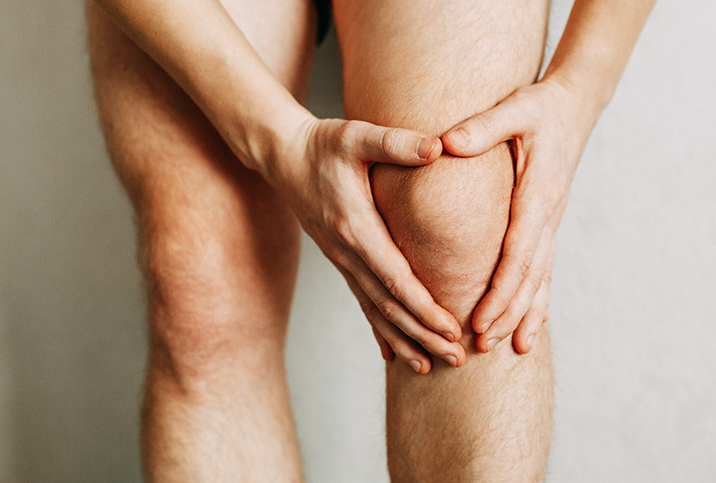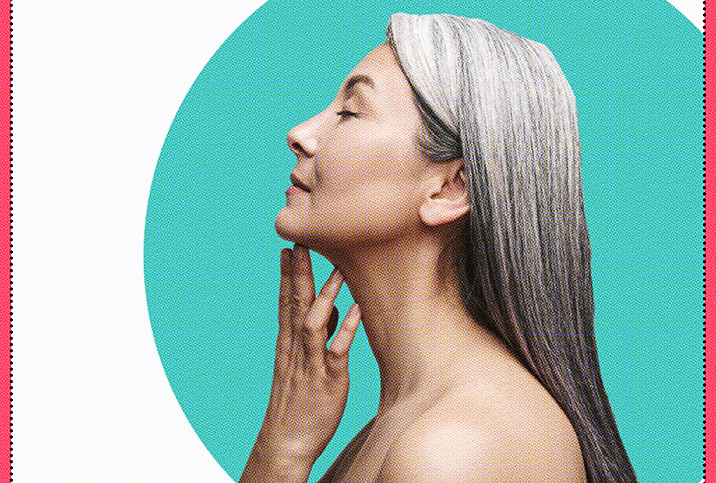Living with Arthritis

Arthritis affects 23 percent of Americans, and it can simply be a nuisance or severely impact your life. If you get the facts and make informed choices, however, you can still live a full and normal life with the condition.
Overview of the condition
Arthritis is a medical condition that renders the body's joints swollen and tender, and it comes in more than 100 forms, the most common being osteoarthritis. Affecting some 32.5 million American adults, osteoarthritis is the result of average wear and tear that comes with use and aging. Other forms of arthritis include rheumatoid arthritis, psoriatic arthritis, gout and, less commonly, juvenile arthritis, spondyloarthropathies, and infectious and reactive arthritis.
In cases of osteoarthritis, your joints—commonly weight-bearing ones like knees, hips, feet and the spine—lose their protective cartilage, which acts as a shock absorber. Symptoms come in a wide range: aching pain, stiffness (worse in the morning and especially after resting), increased pain upon movement and walking, creaking joints and decreased range of motion. Joints may feel warm or appear swollen.
Risk factors include obesity (since weight places more stress on joints), injuries, joint overuse, family history and other diseases, including rheumatoid arthritis, iron overload and excess growth hormone.
The prevalence of osteoarthritis increases sharply for adults older than 45. Ten percent of American men and 13 percent of women over age 60 have it, and its prevalence is rising with increasing obesity rates.
Treatment
Arthritis is treated with a combination of medications and lifestyle modifications. Ibuprofen, acetaminophen and naproxen may be useful for pain management, but speak with your doctor about their safety and how long you should use over-the-counter medications. Stronger anti-inflammatories may be prescribed, some of which are available in topical form. Steroids can be injected into affected joints, although the long-term impacts of their use may be damaging. Hyaluronic acid injections may also be an option.
All of these can help reduce pain, but they do not treat or reverse arthritis, nor stop its progression. To directly treat the condition rather than its symptoms, talk with your doctor about surgery. Surgical options to treat arthritis include arthroscopy (cleaning out damaged cartilage, usually in the knee or shoulder), joint replacement surgery (often the hip and knee) and joint fusion.
Impact on quality of life
Arthritis affects everyday life. It can negatively impact mood and sleep quality. It can cause difficulty with work, running errands, or enjoying time with friends and family. It may prevent you from exercising, which places you at increased risk of weight gain and worsened arthritis. It can make even basic daily tasks—taking a shower, walking up stairs, getting dressed—more difficult to do. For many people with arthritic pain, engaging in sex can be problematic, as many positions worsen the pain.
Living with arthritis & reducing joint pain
One of the best ways to reduce—and prevent—arthritis is to maintain a healthy weight. Work with your doctor or a nutritionist to create a healthy, realistic diet and exercise plan that fits within any restrictions you may have. Incorporate physical activity into your day; walking, bicycling and swimming are typically better for people with arthritis. Avoid high-impact activities and those that put a heavy strain on your joints. Exercise can reduce pain, assist with weight management, and improve mood and function.
Speak with your doctor about how to live with your condition and make everyday life easier. Physical therapy may be beneficial. If arthritis is affecting your love life, consider talking to a sex therapist for advice on ways to have comfortable sex. A doctor can also direct you to a self-management education program to empower and guide you to treatment options you may not have considered.
If you don't feel comfortable with pharmaceutical treatments and are interested in exploring all your options, alternative treatments for arthritis include acupuncture, glucosamine, chondroitin and S-Adenosylmethionine (SAMe) supplements, massage, tai chi and yoga. There are also alternative gels—Voltaren gel and capsaicin cream—and transcutaneous electrical nerve stimulation (TENS) treatments. Don't neglect something as simple as cold or warm compresses used in concert with supportive devices such as a cane or brace.


















